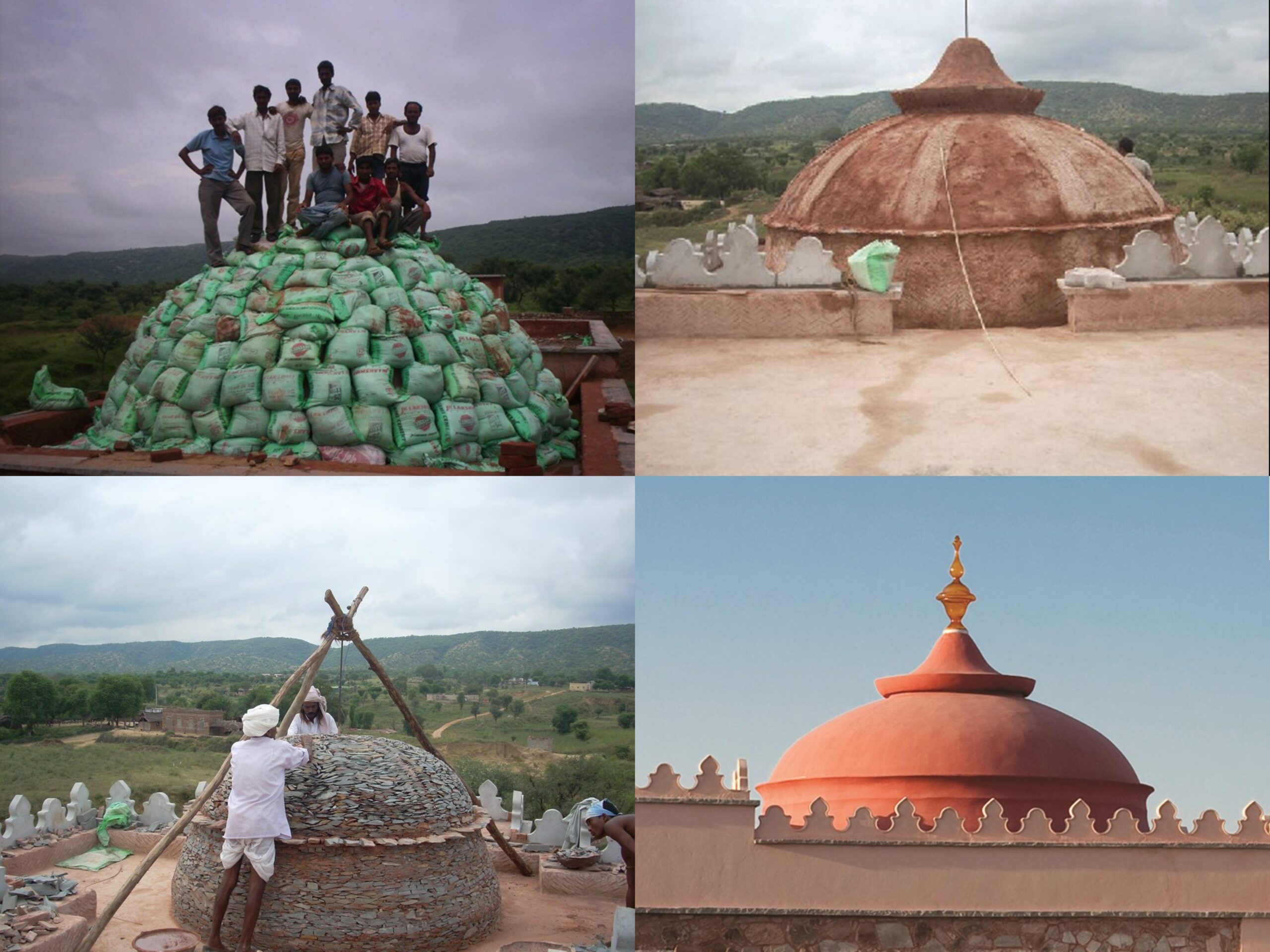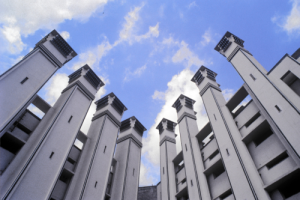
Our Dhyeya (mission) is to explore the design directions, and processes, which make the built environment, functionally, psychologically, environmentally and spiritually, more contextual, integrated and comfortable for its users. Our design practice is a pursuit for responsible architecture focusing on the conservation of resources and conservation of our built and cultural heritage.
The design approach of Abhikram is based on sustainable and traditional methods of construction, using local recyclable, low embodied energy materials with an aim to revive indigenous knowledge, skills, and arts and crafts, to bring it into mainstream. Our 45 years of design practice is a pursuit for responsible architecture focusing on the conservation of resources and conservation of our built and cultural heritage.
Panika, meaning “dissemination” in Sanskrit, is a consultancy firm dedicated to sharing Abhikram’s expertise. It engages in projects that revive traditional decision-making processes within contemporary contexts while emphasizing energy conservation through Passive Human Comfort Systems.


Founded by Parul Zaveri and the late Nimish Patel, the Virasat and Kanineeka Foundations promote traditional wisdom for sustainable living and design.
Virasat (1995) focuses on indigenous materials, crafts, and architectural education most notably through the Unknown Craftsperson Trophy with NASA. Kanineeka (1997) supports ecosystem restoration, holistic education, and community empowerment through sustainable practices and self-reliance.Together, they foster cultural continuity and integrated sustainability across built and lived environments.

Sawai Madhopur, Rajasthan
Fort Barwara’s decade-long transformation showcases how adaptive reuse
can successfully blend heritage with modern sustainability, craftsmanship, and
tradition offering a model of respectful, meaningful restoration.

Udaipur, Rajasthan
The Oberoi Udaivilas, a super luxury heritage resort on the banks of Lake
Pichola, seamlessly unifies traditional sensibilities with contemporary
aspirations.

Ahmedabad
The largest demonstrative project in Passive Downdraft Evaporative Cooling in
Asia

Udaipur, Rajasthan
Executed in phases over 12 to 15 years, the restoration and enhancement of
Shiv Niwas Palace drew heavily on the expertise of local craftspeople and
textile designers.

Amber, Jaipur, Rajasthan
The project that initiated the conservation movement began in Amber and
Jaipur, ultimately contributing to Jaipur becoming the second UNESCO World
Heritage City in India.
‘Green Buildings’ is the latest buzzword in the field of built environment. In the past few years, it seems to have caught on like wildfire in the print media, electronic media and most importantly, amongst the fraternity of builders and owners, for homes, offices, institutions, and many other buildings. The market is now flooded with ‘Green’ products, often emerging faster than their users can consume them. This phenomenon highlights the concept of planned obsolescence, where products are intentionally designed with a limited lifespan.
The colour ‘Green’, however, has acquired many hues and many definitions over the past few years. Architectural practices and utility consultants are competing with each other for maximum numbers of ‘Green’ Awards while consultancies offering Platinum, Gold or Silver awards have emerged as a specialized lucrative profession.
Abhikram is dedicated to responsible architecture, integrating sustainability, heritage conservation, and traditional wisdom into contemporary design. Our mission is to create contextual, resource-efficient environments that prioritize functionality, comfort, and cultural continuity.
Copyright © 2025 Abhikram